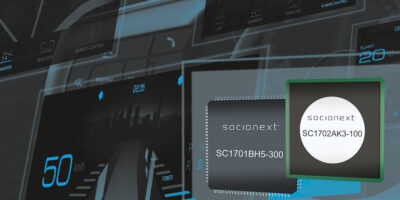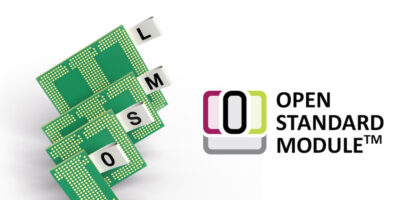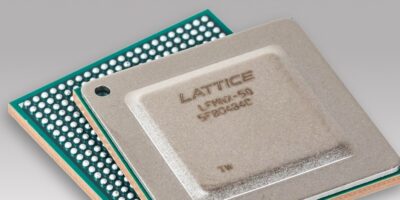Two display controllers from Socionext have enhanced security support for high resolution, wide format displays.
The SC1702 display controller meets the automotive market’s demand for high-resolution widescreen automotive displays. Socionext has added a display controller to its SC1701 series, providing low-cost, optimal safety functions for meter clusters. Both display controllers deliver scalable in-vehicle remote display systems with high levels of safety, says the company.
The use of automotive displays is rapidly expanding in instrumentation and vehicle control operations, including meters, climate controls and other dashboard indicators integrated into graphics, as well as head-up displays (HUDs) and e-mirror displays, ranging from conventional small displays to large format, wide screens with some spanning across the entire dashboard.
The SC1702 is capable of transferring data at rates of up to 12Gbits per second, using APIX 3 technology. It is equipped with a newly developed panel interface port (PIP) that supports advanced, high-resolution, wide landscape format displays, such as 8K x 1K, which cannot be supported with conventional interfaces. It is also designed to conform to the HDCP 2.3 encryption technology, making it possible to effectively use rich, 4K-resolution content for multi-displays in a vehicle.
The SC1702 can detect display abnormalities that are unobservable with current technology, advises Socionext. In addition to the conventional safety features, displays can now recognise panel link loss, inconsistencies of CRC of pixel data and other behaviours at the source drivers and gate drivers, enhancing the capabilities to meet further safety requirements.
The SC1701BH5-300 has been added to the SC1701 family, providing additional functions to existing meter systems. Safety features include multi-window signature unit, picture freeze detection, and watchdog, as well as the 2D rendering capability of Deep Color (30 bpp) built-in graphics engine, at a competitive price, says Socionext.
The SC1701BH5-300 is available in an EP-LQFP-216 package, measuring 24 x 24mm and the SC1702AK3 is available in an HS-BGA-319 package, measuring 23 x 23mm.
The join the SC1701BK3-100 and SC1701BH5-100 display controllers.
Samples of the SC1701BH5-300 are now available. Sample shipment of the SC1702AK3 will start in February 2021.







